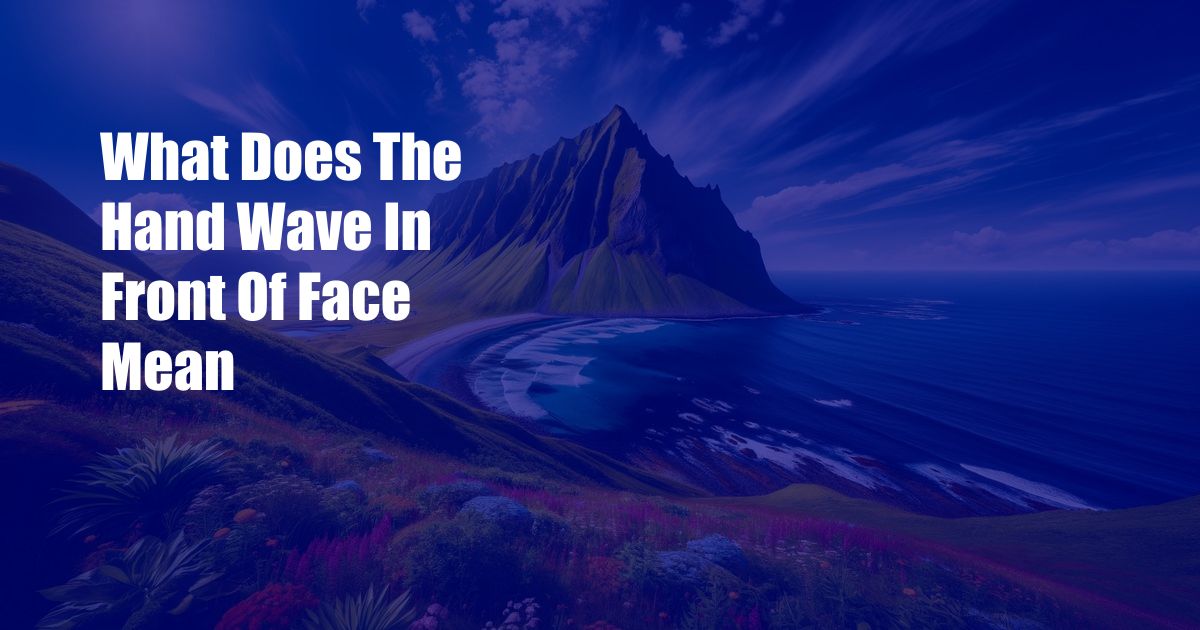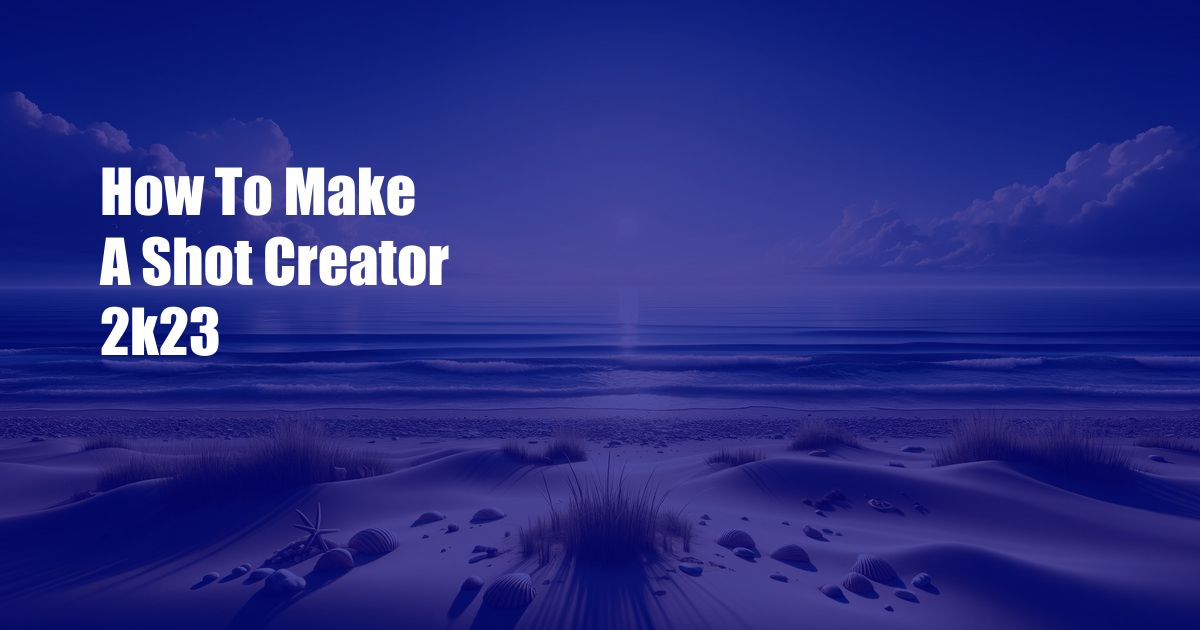
The Hand Wave in Front of Face: A Comprehensive Guide
Gesture is a fundamental aspect of human communication, conveying nuances that spoken words cannot. One such gesture, the hand wave in front of face, holds a complex and intriguing meaning that has evolved over time and across cultures.
Whether it’s a casual dismissal or a deliberate act of concealment, this gesture has become an integral part of our nonverbal vocabulary. Let’s delve into its enigmatic origins, cultural interpretations, and modern applications.
What the Hand Wave in Front of Face Means
The hand wave in front of face, also known as “the wave-off,” is a gesture that typically signifies negation or rejection. It is a nonverbal cue that communicates the speaker’s desire to dismiss or deny something.
However, the exact meaning of this gesture can vary depending on the context, cultural influences, and the individual’s intent. In some instances, it may be used to indicate confusion, frustration, or even embarrassment.
History and Cultural Significance of the Hand Wave in Front of Face
The origins of the hand wave in front of face can be traced back to ancient times. In ancient Egypt, it was used as a gesture of protection against evil spirits. In ancient Greek culture, it was a sign of dismissal or rejection.
Over the centuries, this gesture has been adopted and adapted by various cultures worldwide. In some Asian countries, it is a respectful way to decline an offer or request. In Western cultures, it has become a common gesture used in everyday communication to convey disapproval or disagreement.
Modern Applications and Interpretations of the Hand Wave in Front of Face
In modern society, the hand wave in front of face remains a widely recognized gesture that is used in a variety of situations. It is commonly employed in:
- Dismissing an argument or opinion
- Rejecting a request or offer
- Indicating confusion or frustration
- Conveying a sense of embarrassment or awkwardness
- Expressing disapproval or disagreement
The specific meaning of this gesture can vary depending on the context and the individual’s intent. It is important to pay attention to the other nonverbal cues and the overall situation to fully understand its meaning.
Expert Advice and Tips for Using the Hand Wave in Front of Face
The hand wave in front of face is a powerful gesture that can convey a range of emotions and intentions. To use it effectively, consider the following tips:
- Be intentional: Make sure your hand wave is clear and purposeful to avoid confusion.
- Context matters: Consider the situation and the other nonverbal cues to determine the appropriate meaning of the gesture.
- Cultural awareness: Be mindful of the cultural context and how the gesture may be perceived differently in different cultures.
By following these tips, you can use the hand wave in front of face to effectively communicate your intentions and navigate social interactions with confidence.
FAQs About the Hand Wave in Front of Face
Q: What is the origin of the hand wave in front of face?
A: The gesture can be traced back to ancient times, where it was used in various cultures to convey protection, dismissal, or rejection.
Q: What does it mean when someone waves their hand in front of their face?
A: The gesture typically signifies negation or rejection, but its exact meaning can vary depending on the context, cultural influences, and the individual’s intent.
Q: How should I use the hand wave in front of face effectively?
A: Be intentional, consider the context, and be aware of cultural differences to ensure your gesture is clear and respectful.
Q: Is the hand wave in front of face a universal gesture?
A: While it is widely recognized, the gesture may have slightly different meanings and interpretations across different cultures.
Conclusion
The hand wave in front of face is a ubiquitous gesture with a rich history and diverse interpretations. It is a powerful tool for nonverbal communication, capable of conveying a range of emotions and intentions. By understanding its origins, cultural significance, and modern applications, you can use this gesture effectively to enhance your communication skills and navigate social interactions with confidence.
Are you interested in learning more about the fascinating world of nonverbal communication? Share your thoughts and questions in the comments below.
 Vikipedi.org Trusted Information and Education News Media
Vikipedi.org Trusted Information and Education News Media



